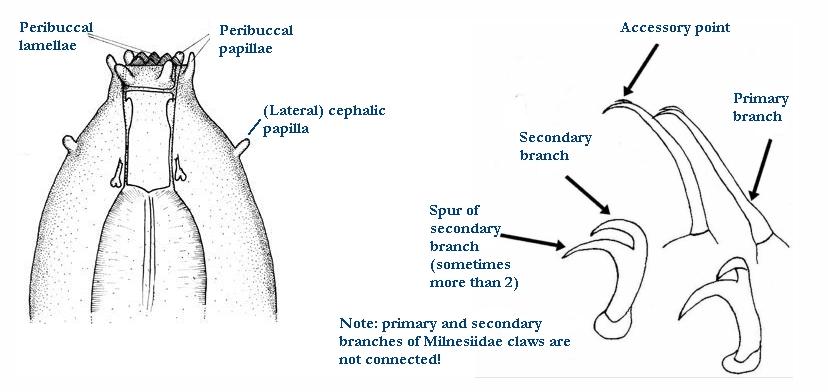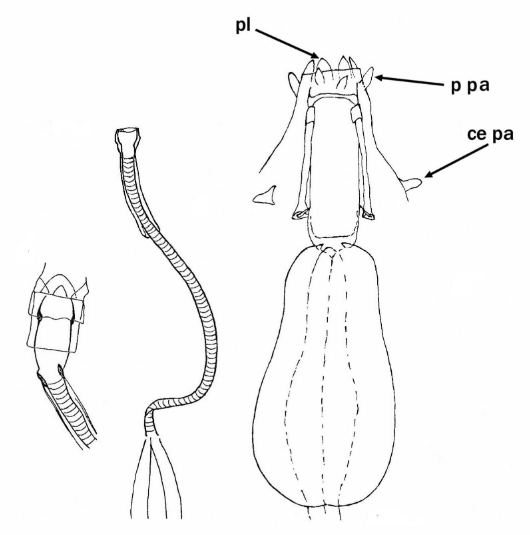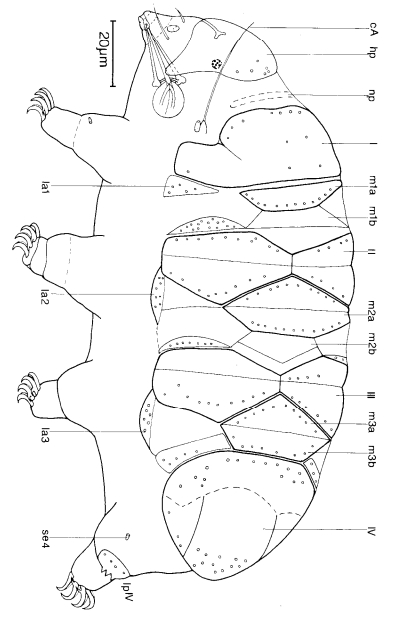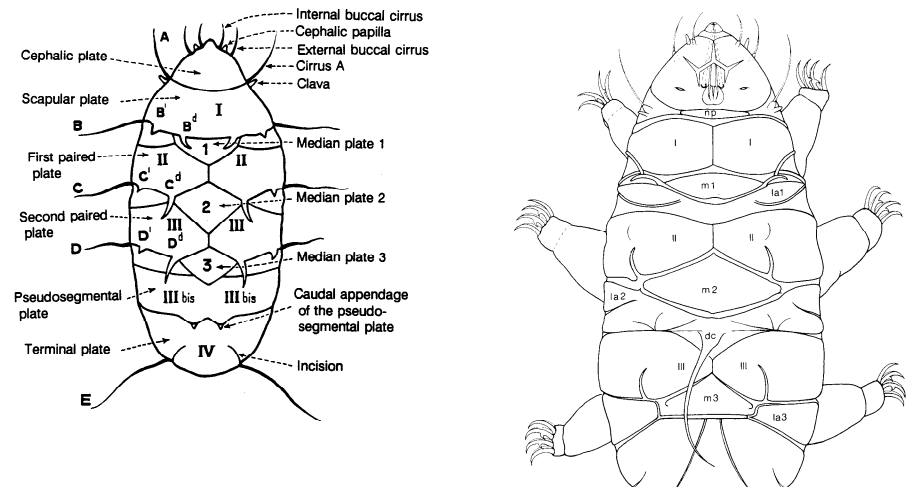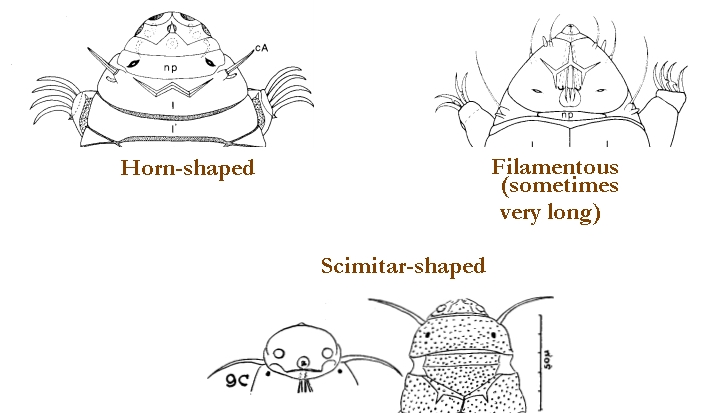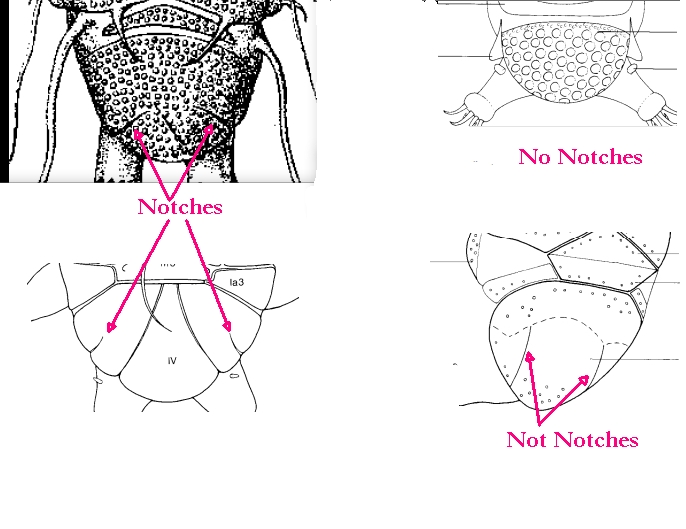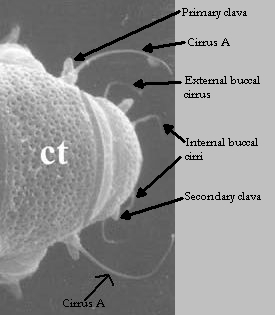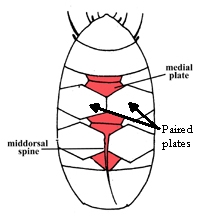Calohypsibius
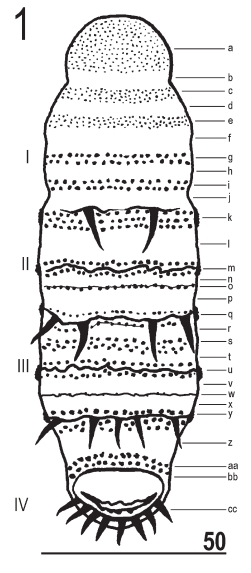
Genus description from Thulin 1928: “Krallen vom ersten Typus. Placoidenreihen des Schlundkopfes kurz, jede a u s zwei kurzen Macroplacoiden bestehend. Mundröhre sehr eng, beim Eintritt in den Schlundkopf gebogen. Der Körper mit Querreihen von Dornen oder Warzen versehen.” Translated: Claws of the first [Calohypsibius/Microhypsibius] type. Placoid rows of the pharynx short, each consisting of […]
Diphascon
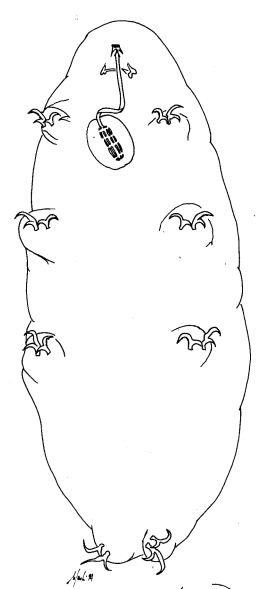
Genus description from Plate 1888: “Diese Gattung hat grosse Aehnlichkeit mit Macrobiotus oberhäuseri, aber der kleine, runde Schlundkopf sitzt in der Mitte des Oesophagus. Das Gebiss ist zart. […] An jedem Bein 2 Doppelhaken, deren krallen am Grunde verwachsen sind.” Translated: This genus is very similar to Macrobiotus oberhäuseri, but the small, round pharynx sits […]
Hypsibius
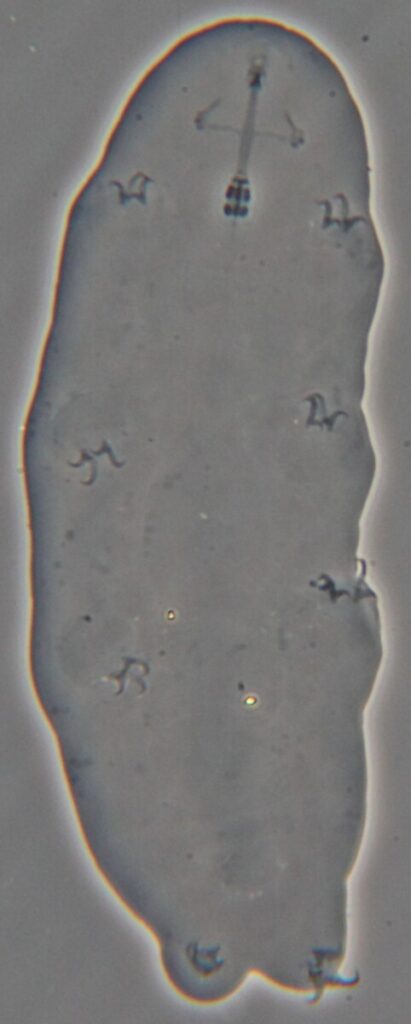
Genus description from Gąsiorek et al. 2018: “Six weakly outlined peribuccal lobes present. Apophyses for the insertion of stylet muscles in the shape of symmetrical hooks; and with well-developed caudal processes pointing diagonally (backwards and sideways […]). Pharyngeal apophyses and placoids present. Stylet furcae with the triangular base, thin arms and enlarged apices (sensu Pilato […]
Adropion
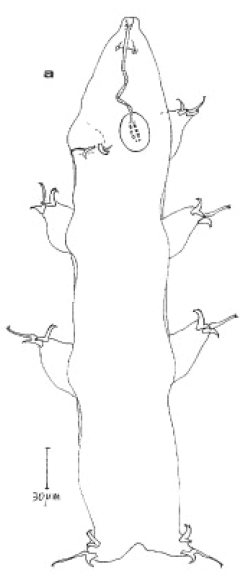
Genus description from Pilato 1987: “The ‘drop-like’ thickening is absent; the pharyngeal apophyses are sometimes well developed, generally small or lacking; the pharyngeal bulb and placoids are almost always long or very long.” Genus description from Bertolani et al. 2014: “Evident placoids and stylet supports.” N.B.: Diphascon (Diphascon) higginsi has small, flat drop, difficult to […]
Borealibius
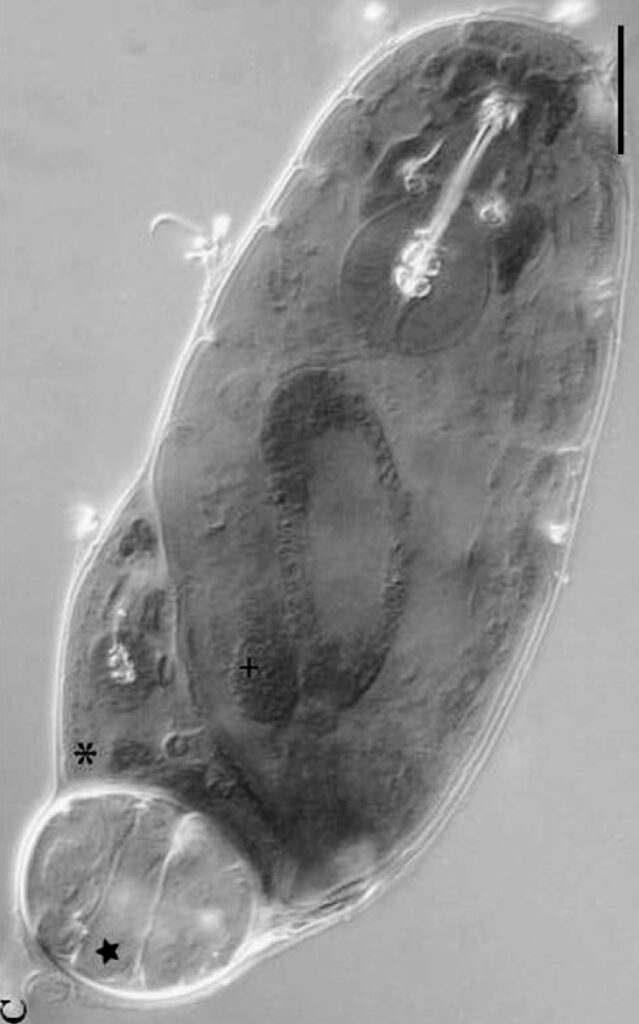
Genus description from Pilato et al. 2006: “Claws of Hypsibius type; buccal–pharyngeal apparatus with rigid buccal tube without ventral lamina; in their caudal margins, the walls of the anterior portion of the buccal tube form well-developed transversal crests with very pronounced AISMs, almost cylindrical in shape with a large rounded or bilobed projection pointing caudally […]
Cryoconicus
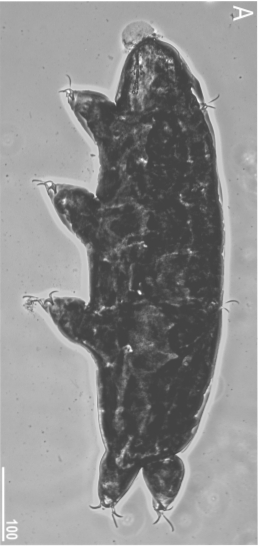
Genus description from Zawierucha et al. 2018: “Juveniles light-brown, adults intensely dark-brown. Peribuccal lamellae and papulae absent. Buccal apparatus of the Ramazzottius type, with asymmetrical apophyses for the insertion of the stylet muscles and two macroplacoids; microplacoid and septulum absent. Claws of the Ramazzottius type, but without accessory points. The posterior primary branch almost uniform in diameter from the base to […]
Hebesuncus
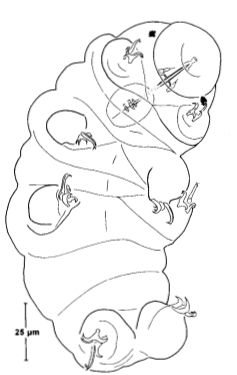
Genus description from Pilato 1987: “The bucco-pharyngeal apparatus is of the Diphascon model with the apophyses for the insertion of the muscles of the stylets in the shape of a ‘blunt hook’; the dorsal hook is different in shape and size from the ventral one with consequent asymmetry with respect to the frontal plane; the caudal processes […]
Mixibius
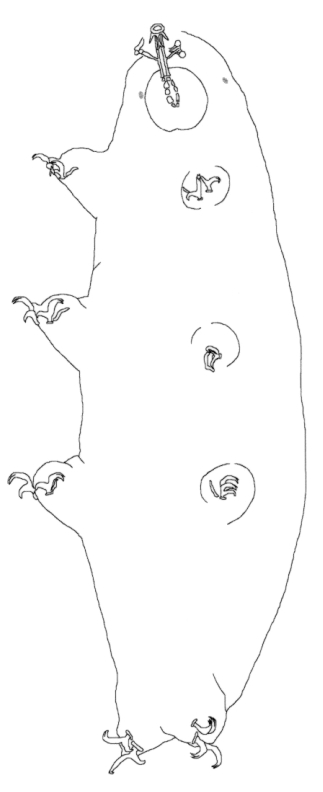
Genus description from Pilato 1992: “Hypsibiidae, organi ellittici sul cap assenti; unghie esterne di tipo Isohypsibius ed interne dello stesso tipo ma un po’modificate in quanto l’angolo fra unghia basale e ramo secondario è un po’maggiore di 90°; apparato bucco-faringeo con tubo boccale rigido, privo di sbarretta di rinforzo ventrale e con una lieve asimmetria rispetto al […]
Itaquascon

Genus description from Pilato 1997: “Claws of the Hypsibius-type; bucco-pharyngeal tube subdivided into an anterior, rigid portion (buccal tube) and a posterior, flexible portion (pharyngeal tube) provided with a spiral thickening. Stylet supports present. Buccal tube, without ventral lamina, clearly longer than the apophyses for the insertion of the muscles of the stylets. Apophyses for the […]
Ramazzottius

Genus description from Binda & Pilato 1986: “Hypsibiidae con unghie di tipo oberhaeuseri; le due diplounghie di ciascuna zampa molto diverse fra loro; apparato bucco-faringeo costruito secondo il modello Hypsibius con tubo boccale rigido e apofisi per l’inserzione dei muscoli degli stiletti ‘ad uncino smussato’ e asimmetriche rispetto al piano frontale; è presente un organo sensoriale ellittico dorsolaterale […]




